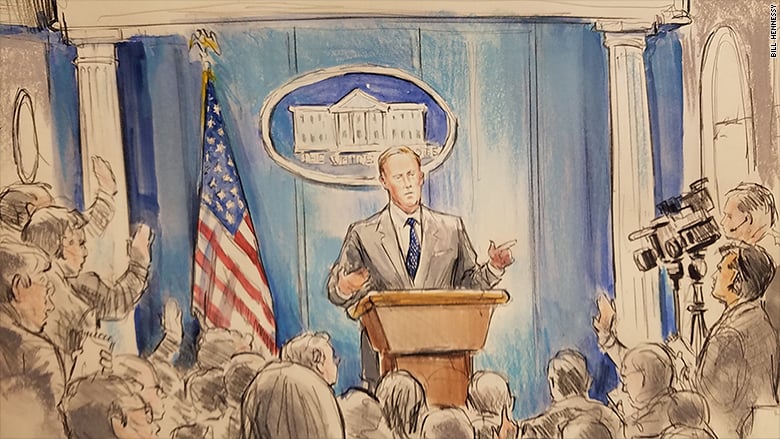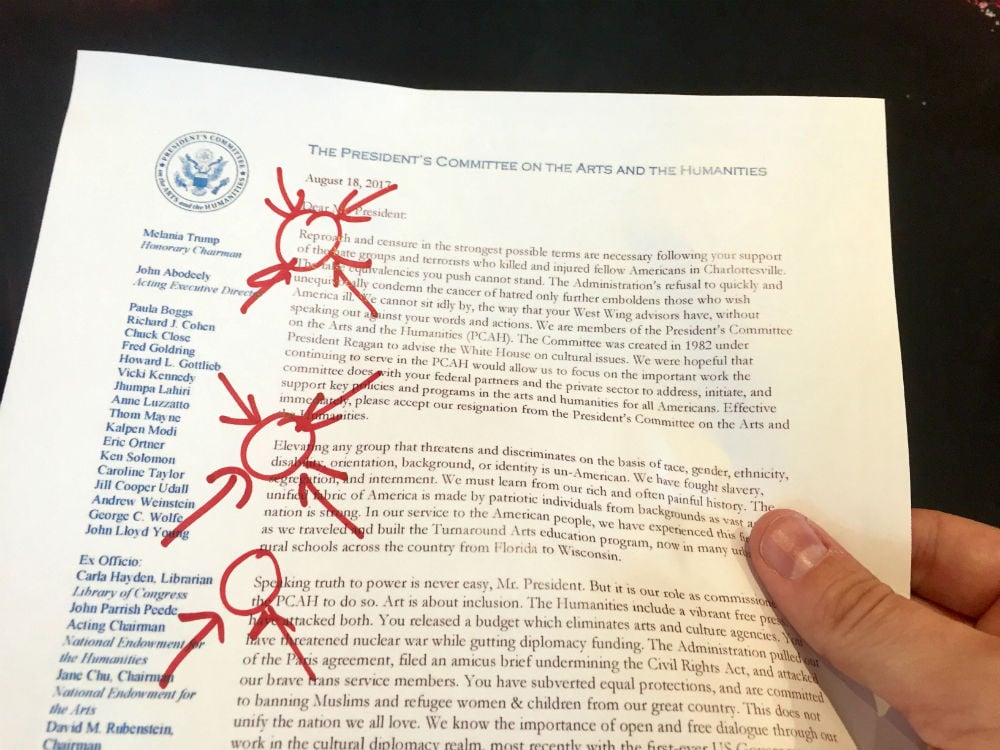A German artist collective stole a Joseph Beuys artwork from a Münster museum and gave it to an institution in Tanzania—and made a rollicking video about their stunt.
The collective, Frankfurter Hauptschule, say they stole Beuys’s Capri-Batterie as a comment on European imperialism and the forced transfer of objects from the African continent into German collections during the colonial era.
The work, which was taken from an exhibition at the Oberhausen City Theater, belongs to the LWL Museum of Art and Culture. It has since been handed over to the Museum Iringa Boma. In a video shared with Artnet News on Monday, Deonis Mgumba, curator from the Tanzanian museum shared that the work in their museum is actually a replica; the real work is in the back room at the theater in Germany. But he says that this does not change the message of the action.
A goofy and satirical video, set to the Toto song “Africa,” records masked figures stealing the artwork and taking it, via plane, to Tanzania. Before the handover, the artists tour around in safari-clothing and perform a dance in the rain with the Beuys work before giving it up to the Museum Iringa Boma and representatives of the Hehe tribe.
In a description accompanying the video, the artists write that, during German colonial rule in East African, “art objects, cultural assets and skulls of Hehe leaders were stolen from Iringa and brought to Germany.”
But Hermann Arnold, director of the LWL Museum, says he is “very dismayed” by the incident.

Video still from “Bad Beuys.” Courtesy Frankfurter Hauptschule.
“We expect the Oberhausen City Theater and the curators to treat the works of art in the exhibition responsibly and to work together in a sincere and transparent manner,” he told German press. The theater has filed a police report, and confirmed to German media that the work, which is a sculptural multiple and part of a 200-plus edition, was missing.
In an sternly worded email claiming responsibility, a spokesperson from Frankfurter Hauptschule denied that the act was criminal.
“You call that theft? You teach your children that stealing is evil and then you exhibit stolen goods, appropriated by force, in your museums,” the spokesperson said. “You say that the stolen items cannot be returned because people in Africa are barbarians, who are unable to properly handle them, while masses of non-inventoried looted art are molding away in the cellars of German museums.”
The Tanzanian museum’s managing director, Jan Küver, tells Artnet News that he welcomes the work within its collection, adding that it reverses “the historical relationship of looting culture and art.” He added that the project is a plea “for the return of human remains and cultural artifacts of the Hehe people that are still in custody of German museums.”
Asked about the police report filed by the theater, Küver acknowledged the work may need to be returned.

Video still from “Bad Beuys.” Courtesy Frankfurter Hauptschule
“We know that it may be a delicate issue to receive such an important art piece,” he says. “But I believe it will have played its part” upon its return.
Scholar Adam Blackler, an expert on German colonialism, says that the video will “almost certainly generate more discussion about the controversies surrounding colonial artifacts [and] repatriation.”
“Germany’s long and violent colonial history in Africa stubbornly remains an under-discussed topic in both public and scholarly forums,” he tells Artnet News.
The artist collective, which includes around 20 people members, is known for making provocative political gestures. In 2019, the group covered the home of the famed German writer Johann Wolfgang von Goethe to protest against writings of his that they say poeticizes rape.
Watch the “Bad Beuys” video below.
[Note: This story was updated on October 26 to include new information from curator Deonis Mgumba that the work installed in Tanzania was actually a replica and that the theft was staged.]
Follow Artnet News on Facebook:
Want to stay ahead of the art world? Subscribe to our newsletter to get the breaking news, eye-opening interviews, and incisive critical takes that drive the conversation forward.









